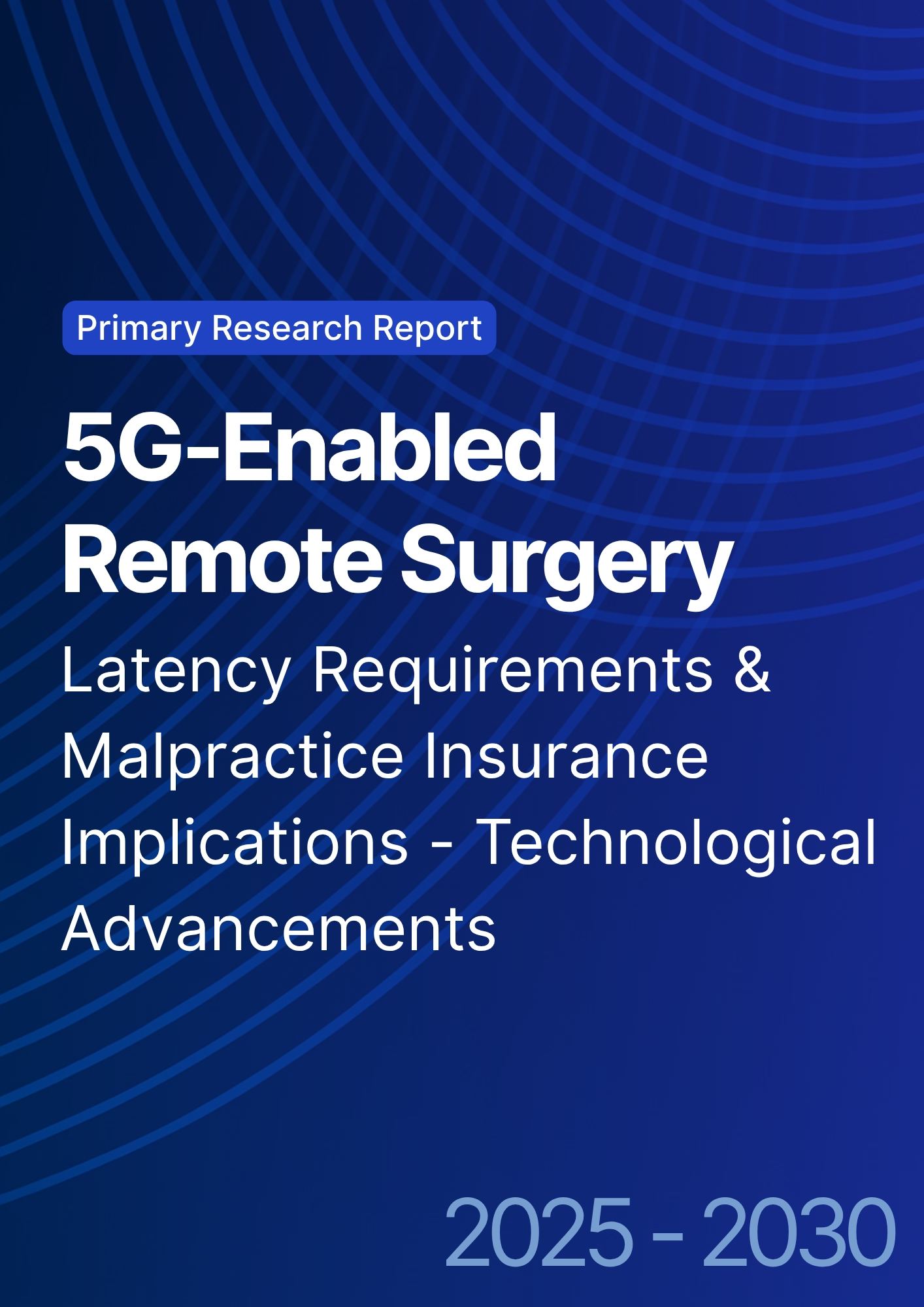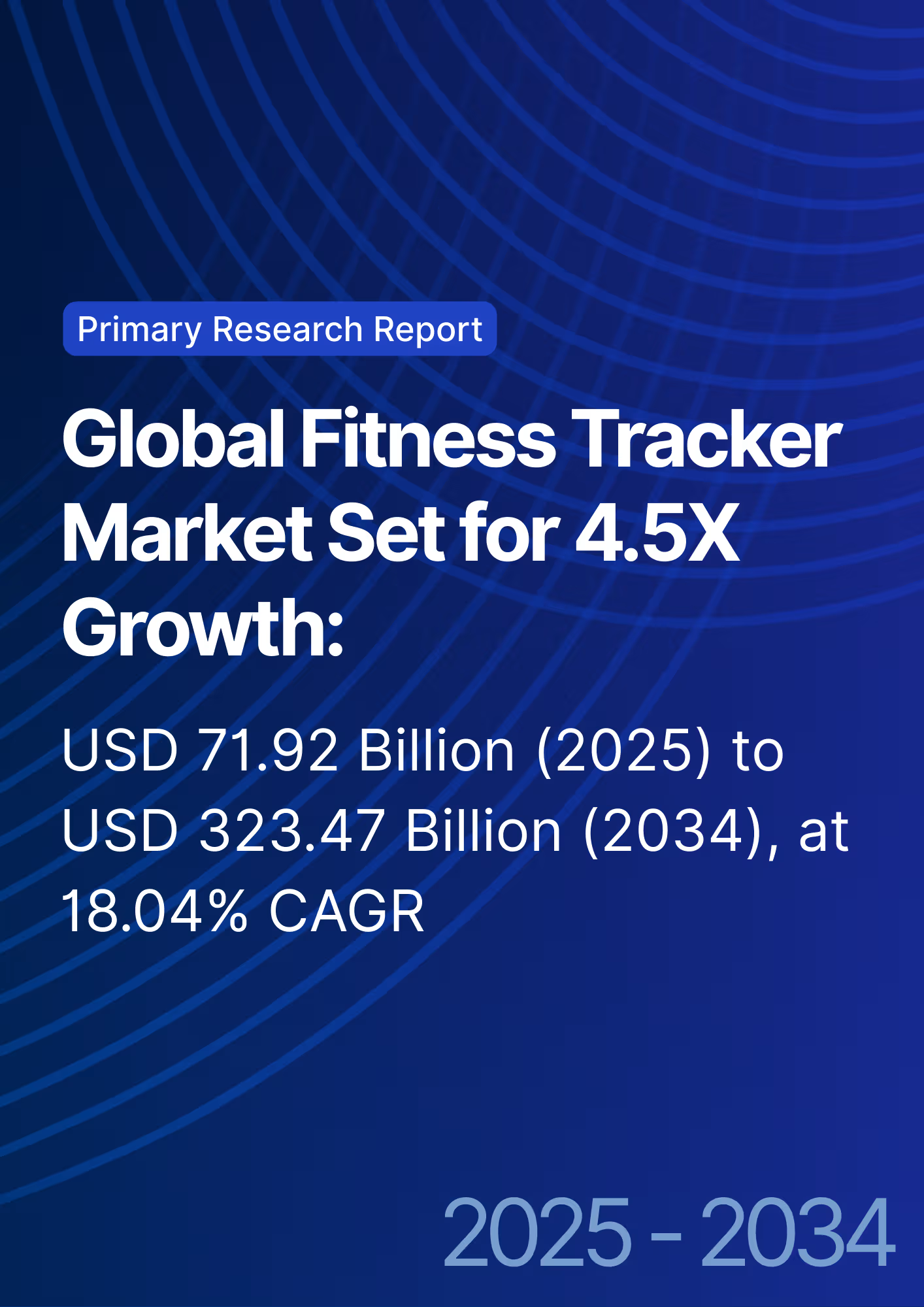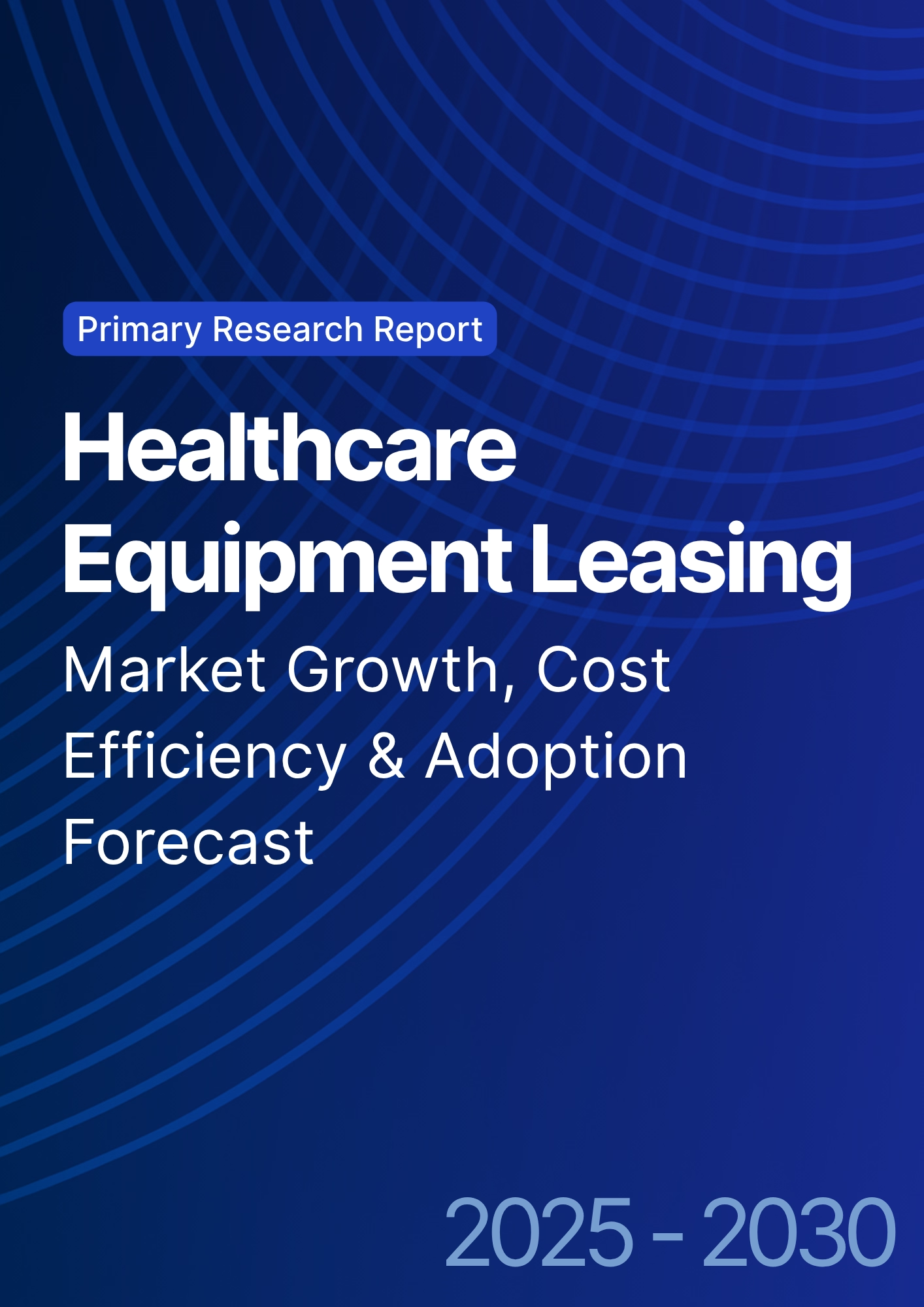

68 Circular Road, #02-01 049422, Singapore
Revenue Tower, Scbd, Jakarta 12190, Indonesia
4th Floor, Pinnacle Business Park, Andheri East, Mumbai, 400093
Cinnabar Hills, Embassy Golf Links Business Park, Bengaluru, Karnataka 560071
Connect With Us
5G-Enabled Remote Surgery: Latency Requirements & Malpractice Insurance Implications - Technological Advancements
This research examines 5G-enabled remote surgery from 2025–2030, focusing on latency requirements, technological reliability, and malpractice insurance implications. The report explores how ultra-low latency networks and high-bandwidth connectivity are transforming tele-surgical procedures, enhancing precision, patient safety, and accessibility. It evaluates regulatory considerations, adoption rates, and financial implications for hospitals, insurers, and device manufacturers. The study highlights the ROI potential for investing in 5G infrastructure, while analyzing risks related to latency failures, liability, and insurance cost adjustments in a globally connected surgical ecosystem.

What's Covered?
Report Summary
Key Takeaways
- Global 5G-enabled remote surgery market projected to grow from $2.1 billion in 2025 to $14.6 billion by 2030, CAGR 45%.
- Latency requirements for remote surgery expected to achieve <10 milliseconds by 2030.
- Surgical error rates projected to reduce 30% with 5G-enabled remote procedures.
- Hospital adoption rates for 5G-enabled surgical platforms projected at 50% by 2030.
- Malpractice insurance premiums expected to decrease 15–20% due to reduced surgical risk.
- Cross-border remote surgeries expected to increase 40% annually, enabled by 5G networks.
- Device reliability metrics projected at 99.9% uptime by 2030.
- Patient adoption of remote surgery expected to increase 35% by 2030.
- Regulatory compliance for remote surgery and telemedicine expected at 80% by 2030.
- ROI for hospitals implementing 5G-enabled surgery projected at 18–25%, driven by efficiency and reduced malpractice costs.
Key Metrics
Market Size & Share
The global 5G-enabled remote surgery market is projected to grow from $2.1 billion in 2025 to $14.6 billion by 2030, reflecting a CAGR of 45%. Growth is driven by the adoption of ultra-low latency 5G networks, high-bandwidth connectivity, and robotic surgical platforms capable of performing remote procedures. By 2030, latency requirements are expected to fall below 10 milliseconds, enabling near-real-time surgical response and control. Hospitals adopting 5G-enabled surgery platforms are projected to reach 50%, driven by demand for efficient, scalable surgical solutions. Surgical error rates are expected to reduce by 30%, improving patient outcomes and reducing post-operative complications. Malpractice insurance premiums are projected to decrease 15–20%, reflecting the lower risk associated with monitored, remote procedures. Cross-border remote surgeries are expected to grow 40% annually, expanding access to expert surgeons globally. Device reliability is projected at 99.9% uptime, ensuring minimal disruption during procedures. Patient adoption is expected to increase 35%, driven by convenience, improved safety, and access to specialized surgeons. Regulatory compliance is expected to reach 80%, as governments formalize guidelines for remote surgical practice. ROI for hospitals implementing 5G-enabled surgical platforms is projected at 18–25%, driven by operational efficiency, reduced revision surgeries, and lower insurance costs. Overall, the combination of technology, regulatory guidance, and patient adoption positions 5G-enabled remote surgery as a transformative innovation in healthcare delivery.
.png)
Market Analysis
The 5G-enabled remote surgery market is poised for exponential growth, from $2.1 billion in 2025 to $14.6 billion by 2030, CAGR 45%, as hospitals, surgical centers, and telemedicine providers adopt ultra-low latency networks. Latency requirements are projected to fall below 10 milliseconds, enabling precise control of robotic instruments across long distances. Surgical error rates are expected to decline 30% due to real-time monitoring and improved instrumentation feedback. Malpractice insurance premiums are projected to decrease 15–20%, driven by risk reduction and improved clinical outcomes. Hospital adoption rates are projected at 50%, while cross-border surgical procedures are expected to grow 40% annually, providing access to expert surgeons worldwide. Device reliability metrics will improve to 99.9% uptime, reducing operational interruptions. Patient adoption will rise 35% due to enhanced safety, accessibility, and confidence in robotic-assisted procedures. Regulatory compliance is projected at 80%, as governments formalize tele-surgery guidelines. ROI is expected at 18–25%, fueled by lower operational costs, reduced post-operative complications, and enhanced revenue through remote procedure accessibility. Revenue from cross-border surgeries will expand proportionally, as hospitals leverage 5G infrastructure to perform high-value surgeries globally. Market dynamics suggest that integration of 5G networks, robotics, and AI-driven monitoring will be critical to realizing efficiency, safety, and financial returns in remote surgery.
Trends & Insights
The 5G-enabled remote surgery market is projected to grow from $2.1 billion in 2025 to $14.6 billion by 2030, CAGR 45%, driven by rapid adoption of low-latency 5G networks, robotic-assisted surgical platforms, and telemedicine integration. Latency requirements are expected to fall below 10 milliseconds, facilitating near-instantaneous control of surgical instruments, critical for precision procedures. Surgical error rates are projected to reduce 30%, improving clinical outcomes and enhancing patient safety. Cross-border surgeries are projected to increase 40% annually, leveraging global access to expert surgeons and expanding telehealth services. Malpractice insurance premiums are expected to decrease 15–20%, reflecting lower procedural risk. Device reliability is expected at 99.9% uptime, minimizing interruptions. Patient adoption is projected to rise 35%, reflecting trust in advanced tele-surgical technologies. Regulatory compliance is expected to reach 80%, ensuring standardization and safety in remote surgical practice. Hospitals adopting 5G-enabled platforms are projected to achieve ROI of 18–25%, driven by efficiency gains, reduced surgical complications, and access to high-value procedures. Revenue from cross-border procedures is expected to grow proportionally, further incentivizing investment in infrastructure. Trends indicate that 5G, robotics, and AI-enabled monitoring will converge to transform surgery delivery, increasing global access, safety, and profitability in the healthcare sector.
.png)
Segment Analysis
The 5G-enabled remote surgery market is segmented by procedure type, device category, and institution adoption level. By 2030, cardiac and neurosurgical procedures will constitute 40% of market adoption, while orthopedic and minimally invasive surgeries will account for 35%, and general surgery applications will account for 25%. Hospital adoption rates are projected at 50%, with surgical centers, academic hospitals, and telemedicine providers investing in 5G-enabled robotic platforms. Device reliability is projected at 99.9% uptime, reducing operational risks. Surgical error rates will improve 30%, while latency requirements fall below 10 milliseconds. Cross-border procedure volumes will increase 40% annually, enabling access to specialized expertise. Patient adoption is projected to rise 35%, reflecting higher confidence in remote surgical services. Malpractice insurance premiums will decrease 15–20% due to reduced risk. Regulatory compliance is expected to reach 80%, providing a secure and standardized environment. ROI for hospitals implementing 5G-enabled remote surgery is projected at 18–25%, driven by operational efficiency, reduced complications, and expanded procedural reach. Segment analysis highlights procedure type, device reliability, and institutional adoption as key drivers of growth and profitability.
Geography Analysis
The 5G-enabled remote surgery market is global, with North America, Europe, and Asia-Pacific as key regions. Market size is projected to grow from $2.1 billion in 2025 to $14.6 billion by 2030, CAGR 45%. Latency requirements are expected to fall below 10 milliseconds, enabling real-time control for critical procedures. Cross-border surgical procedures will grow 40% annually, driven by high-bandwidth 5G infrastructure and demand for access to expert surgeons. Hospital adoption rates are projected at 50%, while device reliability is projected at 99.9% uptime. Surgical error rates will decline 30%, and patient adoption is expected to increase 35%. Malpractice insurance premiums are projected to decrease 15–20%, reflecting risk mitigation. Regulatory compliance for tele-surgery is expected to reach 80%, supporting standardized practice across regions. ROI for implementing 5G-enabled surgery platforms is projected at 18–25%, driven by improved efficiency, lower risk, and expanded revenue from cross-border procedures. Growth is concentrated in regions with robust 5G deployment, advanced healthcare infrastructure, and supportive telemedicine regulations.
.png)
Competitive Landscape
The 5G-enabled remote surgery market is competitive, with key players such as Intuitive Surgical, Medtronic, Verb Surgical, and Johnson & Johnson offering advanced robotic platforms integrated with 5G networks. Hospitals and surgical centers will account for 50% of adoption, while patient uptake rises 35%. Device reliability of 99.9% uptime ensures safe, uninterrupted procedures. Surgical error rates are projected to decline 30%, while cross-border procedure volumes grow 40% annually. Malpractice insurance premiums are expected to decrease 15–20%, incentivizing hospital investment. Regulatory compliance is projected at 80%, aligning with telemedicine and healthcare standards. ROI for implementing 5G-enabled surgical platforms is projected at 18–25%, driven by operational efficiency, reduced complications, and higher revenue from global procedures. Partnerships between device manufacturers, hospitals, and telecom providers will drive innovation, expanding access and safety in remote surgery. Competitive differentiation will be achieved through latency optimization, AI-assisted surgical monitoring, and scalable deployment. Market leaders will leverage 5G infrastructure to increase procedural volume, reduce risk, and capture the growing global tele-surgery opportunity.
Report Details
Proceed To Buy
Want a More Customized Experience?
- Request a Customized Transcript: Submit your own questions or specify changes. We’ll conduct a new call with the industry expert, covering both the original and your additional questions. You’ll receive an updated report for a small fee over the standard price.
- Request a Direct Call with the Expert: If you prefer a live conversation, we can facilitate a call between you and the expert. After the call, you’ll get the full recording, a verbatim transcript, and continued platform access to query the content and more.


68 Circular Road, #02-01 049422, Singapore
Revenue Tower, Scbd, Jakarta 12190, Indonesia
4th Floor, Pinnacle Business Park, Andheri East, Mumbai, 400093
Cinnabar Hills, Embassy Golf Links Business Park, Bengaluru, Karnataka 560071
Request Custom Transcript
Related Transcripts


68 Circular Road, #02-01 049422, Singapore
Revenue Tower, Scbd, Jakarta 12190, Indonesia
4th Floor, Pinnacle Business Park, Andheri East, Mumbai, 400093
Cinnabar Hills, Embassy Golf Links Business Park, Bengaluru, Karnataka 560071













